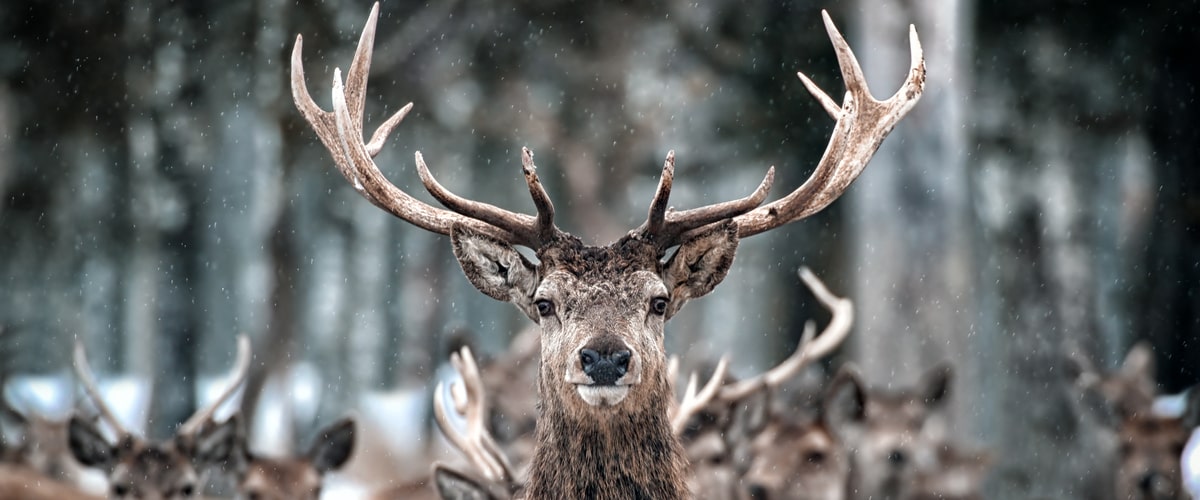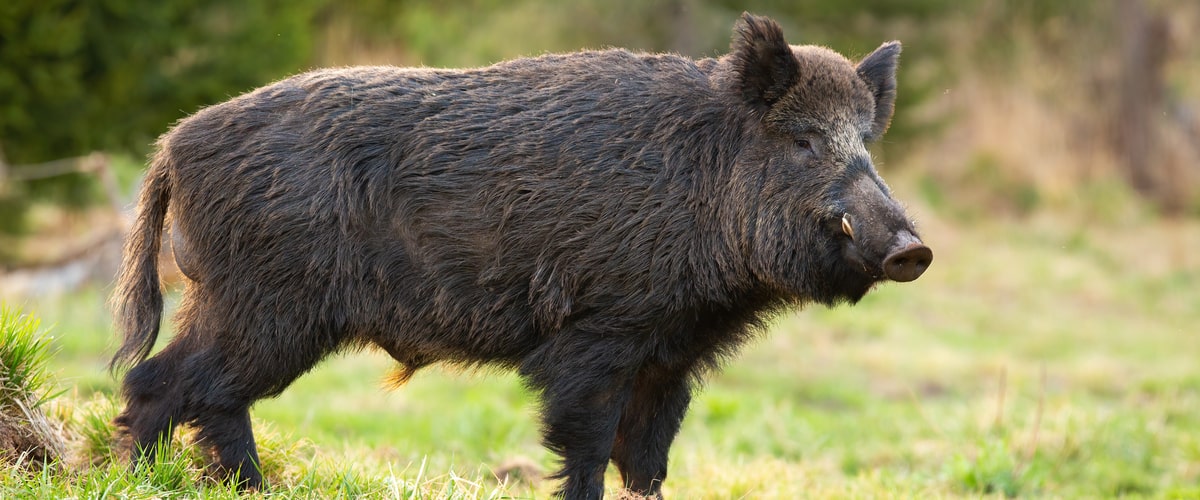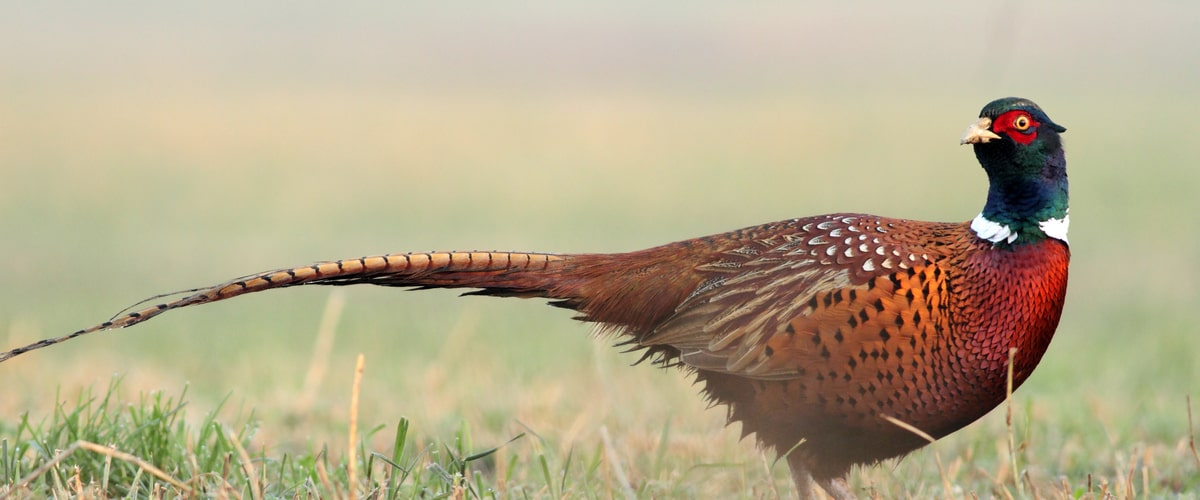All About Wild Game Meats – Their Uses and Nutritional Values in Cuisine
Category : Food Stories, Party Ideas, Recipes, Press Room |
Posted : Feb 7, 2023
Wild game meats, also known as a game or non-domesticated meats, are a delicious and nutritious option for those looking to diversify their protein sources. They come from animals that have been hunted or trapped in the wild, rather than raised on a farm.
One of the main benefits of wild game meats is that they are often leaner and lower in fat than domesticated meats. This makes them a healthier option for those looking to reduce their overall fat intake. Additionally, wild game meats are typically free from hormones and antibiotics, which are commonly found in farm-raised meats.
Types of Wild Game Meats
There are a variety of wild game meats available, each with its own unique flavor and nutritional profile. Some popular options include:
Venison: This meat comes from deer and is known for its rich, gamey flavor. It is high in protein and low in fat, making it a great option for those looking to build muscle or lose weight. Venison is also a good source of iron and B vitamins.

Elk: Similar to venison, elk meat is lean and flavorful. It is also a good source of protein and iron.

Moose: Moose meat is a bit more fatty than venison or elk, but it is still a leaner option than most domesticated meats. It has a rich, slightly sweet flavor and is high in protein and iron.

Wild boar: This meat comes from wild pigs and has a slightly sweet, nutty flavor. It is high in protein and a good source of iron, zinc, and B vitamins.

Pheasant: Pheasant is a lean, flavorful meat that is high in protein and low in fat

In addition to being a healthier option than domesticated meats, wild game meats are also a sustainable choice. Many wild game animals are considered pests or overpopulated, and hunting or trapping them can help control their numbers and protect the natural environment.
When it comes to cooking wild game meats, it's important to remember that they are typically leaner than domesticated meats, so they can dry out if cooked at too high of a temperature or for too long. To prevent this, it's best to cook them at lower temperatures for shorter periods of time, or to braise or stew them to keep them moist.
Popular ways to cook
Some popular ways to prepare wild game meats include:
Grilling or pan-frying venison or elk steaks
Slow-cooking wild boar or moose in a stew or barbecue sauce
Making a pheasant pot pie or casserole
Mixing ground wild game meat with ground beef or pork to make burgers or meatballs
Wild game meats can also be enjoyed in a variety of cuisines, from traditional dishes like venison stew or elk chili, to more creative recipes like pheasant sausage or wild boar tacos.
When it comes to nutritional value, wild game meats are an excellent source of protein, essential amino acids, and various essential minerals such as iron and zinc which are important for maintaining good health. they are also a good source of B vitamins and are relatively low in fat.
In conclusion, wild game meats offer a delicious and nutritious alternative to traditional domesticated meats. They are leaner, more flavorful and sustainable option for those looking to diversify their protein sources and maintain a healthy diet. So the next time you are looking for a new protein source to add to your diet, consider trying some wild game meats, you'll be glad you did.
Recipes
Here are a few simple and delicious recipes that highlight the unique flavors of wild game meats:
Grilled Venison Steak
Ingredients:
-4 venison steaks
-2 cloves of garlic, minced
-2 tbsp olive oil
-1 tsp salt
-1 tsp black pepper
-1 tsp dried thyme
-1 tsp dried rosemary
Instructions:
-In a small bowl, mix together the garlic, olive oil, salt, pepper, thyme, and rosemary.
-Rub the mixture over the venison steaks, making sure to coat them evenly.
-Allow the steaks to marinate in the fridge for at least 30 minutes, or up to 2 hours.
-Heat your grill to high heat.
-Grill the venison steaks for 3-4 minutes per side, or until they reach your desired level of doneness.
-Let the steaks rest for a few minutes before serving.
Wild Boar Stew
Ingredients:
-1 lb wild boar, cut into cubes
-2 tbsp flour
-2 tbsp olive oil
-1 onion, diced
-2 cloves of garlic, minced
-2 carrots, peeled and diced
-2 stalks of celery, diced
-1 cup red wine
-2 cups beef broth
-1 bay leaf
-1 tsp dried thyme
-Salt and pepper to taste
Instructions:
-In a large bowl, toss the wild boar cubes with flour until they are evenly coated.
-Heat the olive oil in a large pot or Dutch oven over medium-high heat.
-Add the wild boar cubes and cook for 5-7 minutes, or until they are browned on all sides.
-Remove the wild boar from the pot and set it aside.
-Add the onion, garlic, carrots, and celery to the pot and sauté for 5-7 minutes, or until they are softened.
-Add the red wine to the pot and scrape the bottom of the pot to release any browned bits.
-Add the beef broth, bay leaf, thyme, and salt and pepper to taste.
-Bring the stew to a boil, then reduce the heat and let it simmer for 1-2 hours, or until the wild boar is tender.
-Remove the bay leaf and serve the stew hot.













